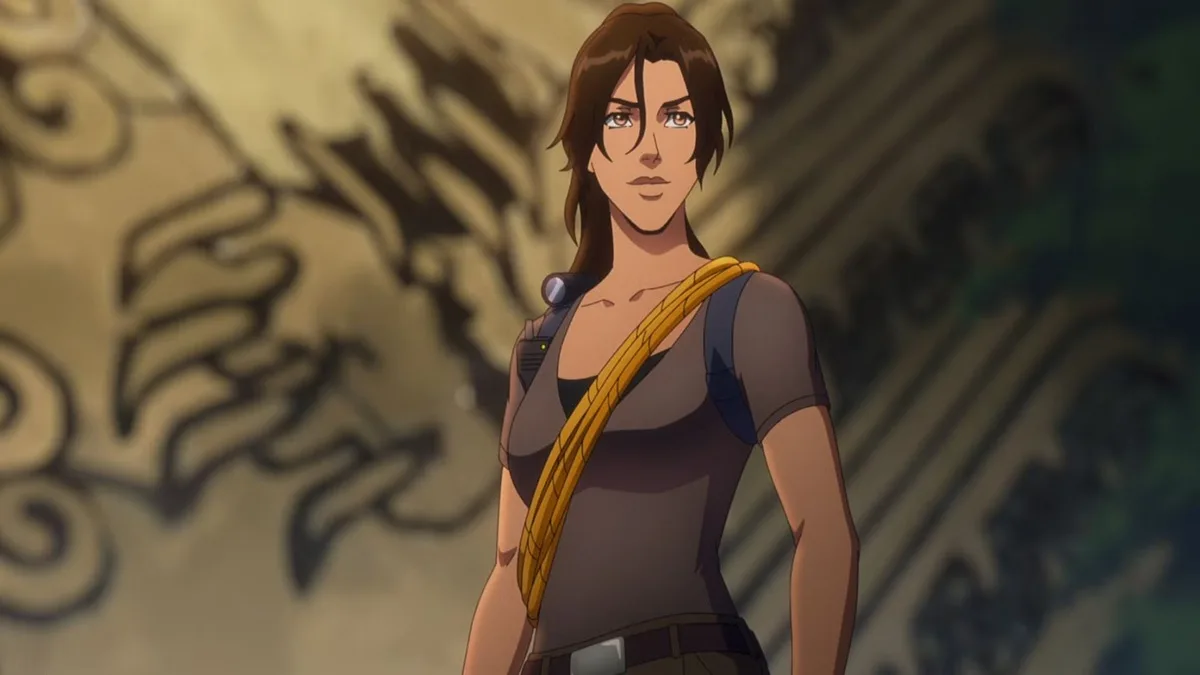
Netflix is no stranger to adapting video game franchises into animated series, and while it has delivered some excellent adaptations, it has also stumbled along the way. Tomb Raider: The Legend of Lara Croft sits right in the middle a visually stunning show with solid performances that ultimately struggles to keep its audience engaged.
The biggest issue lies in its storytelling. The plot and pacing feel structured like a video game, which, while fitting for such an iconic franchise, ends up hindering its transition to television. Many scenes seem designed to be played rather than watched, and some of the supernatural elements lack internal logic within an animated format. What works beautifully in a game feels awkward or forced on screen.
Set after the events of Shadow of the Tomb Raider, the series follows Lara on a globe-trotting adventure to find four magical stones capable of triggering the end of the world. The main antagonist serves as a metaphorical mirror to Lara herself: both have endured similar traumas but chose opposite paths. This duality gives the villain more depth and emotional weight than most seen in the games.
The journey takes viewers across the globe from England and Paris to Istanbul, Mongolia, and China offering stunning environments throughout. The animation blends 2D backgrounds with 3D-rendered characters, a visual approach Netflix has been refining in its recent productions. The result is an impressive display of color and artistry that stands out among the platform’s other animated shows.
Most of the original voice actors return, maintaining narrative consistency with the games. However, the most notable change is Lara Croft’s voice now portrayed by Hayley Atwell. Her performance adds a more mature and sophisticated tone, though it differs significantly from Camilla Luddington’s portrayal, who physically and vocally embodied Lara in the recent game trilogy. The shift isn’t inherently bad, but it creates a subtle disconnect: Atwell’s voice conveys a sense of age and maturity that the animated version of Lara doesn’t fully reflect.
The pacing is also uneven. Each episode feels like a standalone adventure, introducing new characters and mythologies that eventually connect though in a rather confusing way. The final episode serves as a bridge between the modern trilogy and the original games, delivering a nostalgic moment longtime fans will appreciate. Unfortunately, the last few minutes undermine that impact, opting instead to set up a second season.
In the end, Tomb Raider: The Legend of Lara Croft is a decent series that offers a visually rich and well-acted adventure, but one that struggles to translate the interactivity and logic of its source material into television form. Its structure and pacing make it clear that this story was meant to be played, not just watched.
Final Score: 3/5

